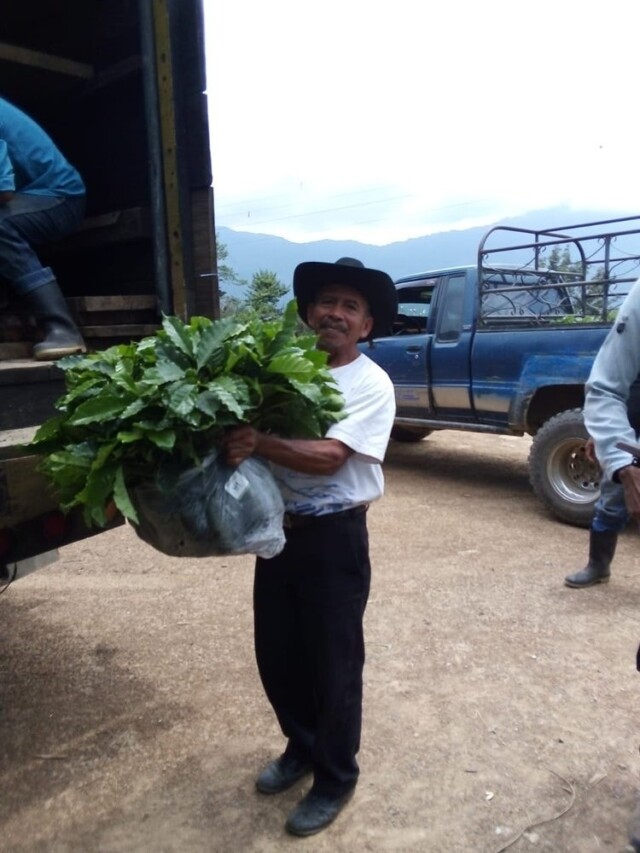Guatemala Ojos de Agua
The Farm (La Finca)
The brothers Francisco and Pedro Jacinto have been selling their coffee to Rosma Coffeelands since 2012, having previously sold to intermediaries where their lot was mixed with other coffee productions in the area. Since working with Rosma, they have been able to focus on improving quality and maintaining traceability of their coffees.
Rosma Coffeelands is a consistent Cup of Excellence winning finca and their dedication to high quality production is evident in every batch they produce. We are delighted to stock their coffee at Cafés el Magnífico.
Process
Cherry is selectively handpicked and taken to the pulper, where, once pulped, the coffee is fermented in tanks for 40 hours and then washed with clean water to be dried on patios.
Taking approximately 8-10 days to dry, it is frequently sifted to ensure even drying. Once dry, it is bagged and taken to a warehouse in the city of Huehuetenango, where the low humidity is ideal for the coffee beans.
Origin
Like many of the Central and South American colonies, coffee arrived in Guatemala in the late 18th century, but its cultivation only began to take hold in the 1860s with the arrival of European immigrants who had been encouraged by the Guatemalan government to establish plantations.
Coffee seeds and seedlings were distributed as a stimulus as the country’s main export crop (indigo) had recently failed, leaving the population somewhat desperate to find an agricultural replacement. By the end of the 19th century, Guatemala was exporting more than 140 tons of coffee a year and up until 2011 it was among the five largest coffee producers in the world, only recently surpassed by Honduras.
A large percentage of the Guatemalan population (and in turn of the coffee sector) identifies with one of the more than 20 officially recognized indigenous groups. Most of the farmers are small growers who work independently of each other or are formally affiliated with cooperatives.
In 1960, coffee growers created their own guild, which has since become the Anacafé National Coffee Institute, acting as a research centre, marketing agent, and financial institution offering loans and support to producers in the different regions.
Ceiba coffee comes from the renowned Huehuetenango region, known worldwide for its mountains with waterfalls, exuberant vegetation, high altitudes, dense forests and, of course, the quality and diversity of its coffees.
Thanks to the hot, dry winds blowing from the mountains of the Tehuantepec, Mexico plain, the region is protected from frost, allowing the hillsides of Huehuetenango to be cultivated at altitudes of up to 2,000 metres.
The extreme remoteness of the Huehuetenango region requires all producers to process their own coffee. Fortunately, the region has an endless myriad of rivers and streams, so a mill can be set up almost anywhere.
14 € – 56 €
Free shipping from 40€ purchase (Peninsula and Balearic Islands)
